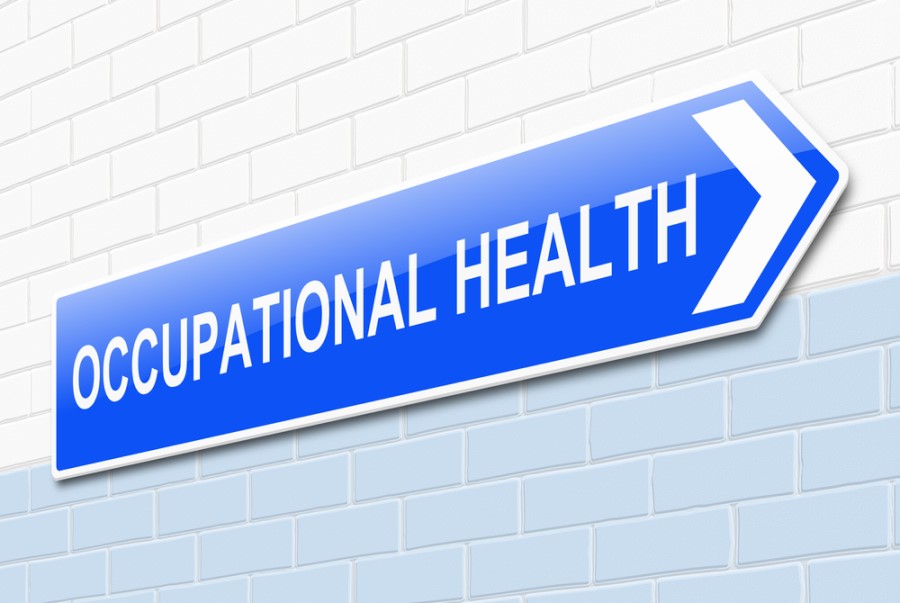How can employers make best use of occupational health?

The CIPD’s Health and Well-Being at Work survey (2019) found that two-fifths of organisations admit to following a reactive strategy, meaning they are waiting for problems to happen, instead of working to prevent them from even happening in the first place.
Many are taking a similar approach with Occupation Health (OH). It is often only turned to as a last resort, when an employee has been absent from work for days or even weeks. In a survey we conducted with 50 small and medium sized employees, 82% admitted using OH on an ad-hoc only basis for a specific problem, rather than making it a key component of their wellbeing strategy. This means issues are allowed time to fester before being tackled, which can have a detrimental effect on how successfully they can be resolved.
The quicker the better
Time is of the essence when it comes to sickness absence. The sooner it is addressed, the better the potential outcome. Ignoring the problem and hoping it will get better by itself is not the answer. 300,000 people fall out of employment due to ill health every year, according to the government’s Health at Work – an independent review of sickness absence (2011) report. Many of these people could have found a way back to work with the right support.
The same report found, that if an employee has been off work due to illness for four weeks or more, they have a four in five chance of returning to work. If that sickness absence continues for six months, this falls to just one in five. Getting in there early and taking a proactive approach makes an enormous difference, and ensuring OH is mobilised as soon as possible can ensure the problem is tackled quickly.
Know your numbers
Practicing early intervention relies on having access to good quality data. Ensuring sickness absence is accurately measured and monitored will make an enormous difference. Many employees have absence patterns which go unnoticed because line managers and HR aren’t keeping accurate records and picking up early specific problems and behaviours. Knowledge is power. Having good data readily available ensures any issues are immediately highlighted.
Adopting an integrated approach
To ensure issues are dealt with swiftly, a clear process needs to be embedded within the business that is communicated to every employee, particularly managers. They need to know what is required of them and where to turn to for help if a problem does arise. Including Occupational Health in this process will ensure a third-party perspective is provided at an early stage, alongside a professional medical opinion by someone trained in workplace assessments. They can take the heat out of a situation as they offer a knowledgeable and independent view, giving managers the security to know they are following an appropriate and sound course of action.
Adapting to changing workplace health trends
According to our sources, currently 40% of sickness absences are related to mental health. This is probably underreported given that 42% of employees say that at some point they have called in sick and claimed to have had a physical illness, when they were suffering from a mental health problem – Hiding in Plain Sight report, BHSF (2018).
By 2023, it is expected that around 70% of sickness absences will be mental health related. Stepping in and offering help at the first sign of a mental health problem can have a hugely positive effect. It could be easier for employees to disclose mental health problems to an independent OH adviser, rather than a direct manager, particularly if this relationship isn’t as supportive and harmonious as it could be. Getting help quickly can prevent temporary symptoms becoming more long-term or complex, reducing the period of sickness absence significantly.
The CIPD estimated in its Absence Management survey report (2015) that the annual cost of sickness absence is around £554 per employee; this is an issue no employer can afford to ignore. Engaging with an OH provider in a collaborative partnership allows them to understand the unique stress and pressure points within an organisation, enabling them to provide the support that is most needed. Their expertise can take a wellbeing policy to the next level, contributing expert advice and help in a constructive and proactive approach that can dramatically reduce the impact of ill health in the workplace.
This article is provided by BHSF.







